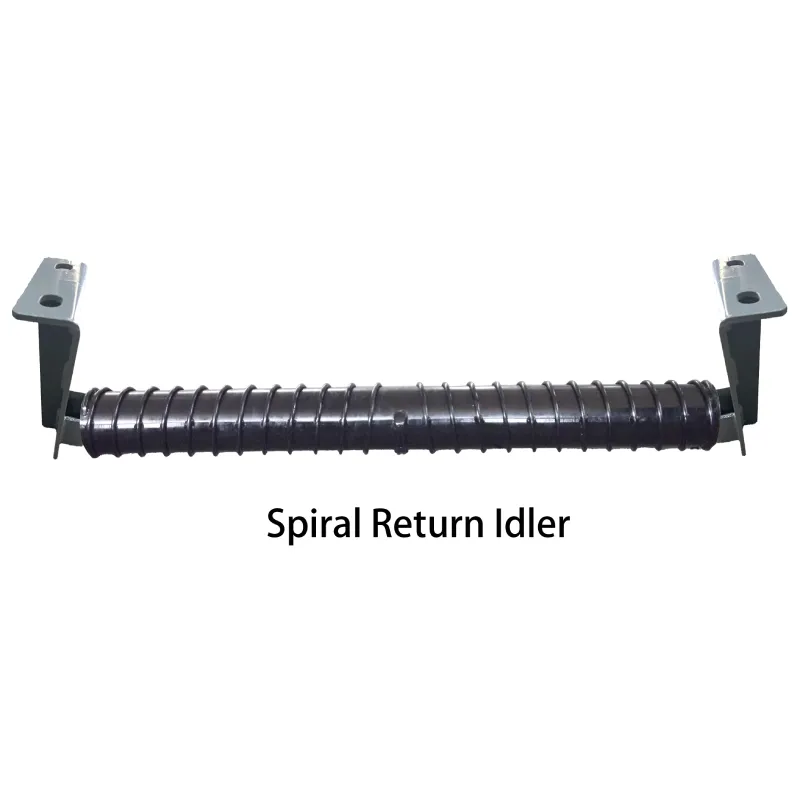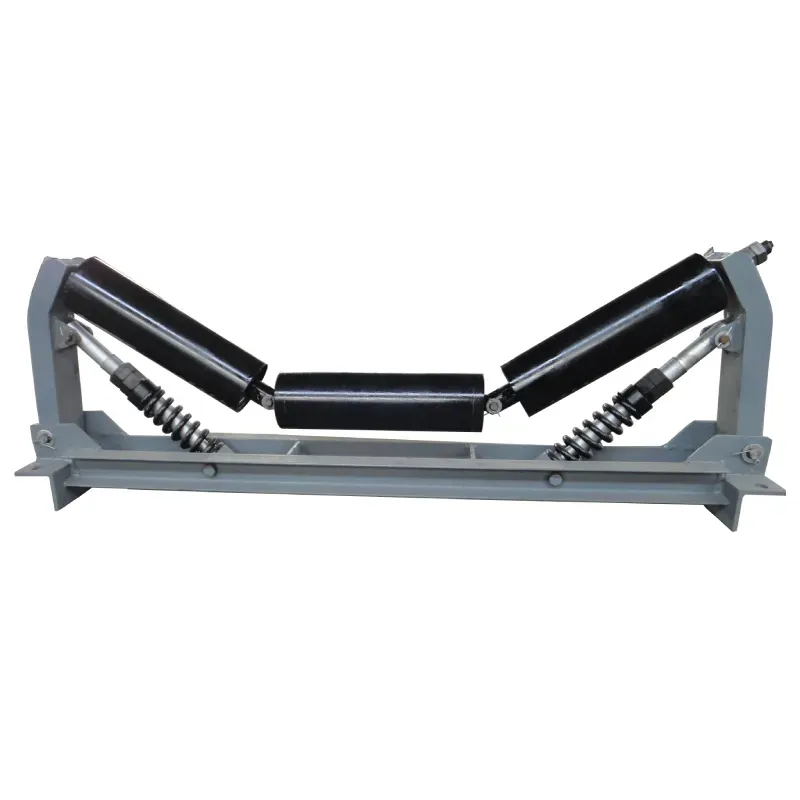 Afrikaans
Afrikaans  Albanian
Albanian  Amharic
Amharic  Arabic
Arabic  Armenian
Armenian  Azerbaijani
Azerbaijani  Basque
Basque  Belarusian
Belarusian  Bengali
Bengali  Bosnian
Bosnian  Bulgarian
Bulgarian  Catalan
Catalan  Cebuano
Cebuano  Corsican
Corsican  Croatian
Croatian  Czech
Czech  Danish
Danish  Dutch
Dutch  English
English  Esperanto
Esperanto  Estonian
Estonian  Finnish
Finnish  French
French  Frisian
Frisian  Galician
Galician  Georgian
Georgian  German
German  Greek
Greek  Gujarati
Gujarati  Haitian Creole
Haitian Creole  hausa
hausa  hawaiian
hawaiian  Hebrew
Hebrew  Hindi
Hindi  Miao
Miao  Hungarian
Hungarian  Icelandic
Icelandic  igbo
igbo  Indonesian
Indonesian  irish
irish  Italian
Italian  Japanese
Japanese  Javanese
Javanese  Kannada
Kannada  kazakh
kazakh  Khmer
Khmer  Rwandese
Rwandese  Korean
Korean  Kurdish
Kurdish  Kyrgyz
Kyrgyz  Lao
Lao  Latin
Latin  Latvian
Latvian  Lithuanian
Lithuanian  Luxembourgish
Luxembourgish  Macedonian
Macedonian  Malgashi
Malgashi  Malay
Malay  Malayalam
Malayalam  Maltese
Maltese  Maori
Maori  Marathi
Marathi  Mongolian
Mongolian  Myanmar
Myanmar  Nepali
Nepali  Norwegian
Norwegian  Norwegian
Norwegian  Occitan
Occitan  Pashto
Pashto  Persian
Persian  Polish
Polish  Portuguese
Portuguese  Punjabi
Punjabi  Romanian
Romanian  Russian
Russian  Samoan
Samoan  Scottish Gaelic
Scottish Gaelic  Serbian
Serbian  Sesotho
Sesotho  Shona
Shona  Sindhi
Sindhi  Sinhala
Sinhala  Slovak
Slovak  Slovenian
Slovenian  Somali
Somali  Spanish
Spanish  Sundanese
Sundanese  Swahili
Swahili  Swedish
Swedish  Tagalog
Tagalog  Tajik
Tajik  Tamil
Tamil  Tatar
Tatar  Telugu
Telugu  Thai
Thai  Turkish
Turkish  Turkmen
Turkmen  Ukrainian
Ukrainian  Urdu
Urdu  Uighur
Uighur  Uzbek
Uzbek  Vietnamese
Vietnamese  Welsh
Welsh  Bantu
Bantu  Yiddish
Yiddish  Yoruba
Yoruba  Zulu
Zulu Ceramic Lagging Conveyor Pulleys Anti-Slip, Durable Design for Heavy Loads
- Understanding the Role of Ceramic Lagging in Conveyor Pulleys
- Data-Driven Impact: Performance Metrics & Industry Benchmarks
- Technical Advantages Over Traditional Pulley Lagging Solutions
- Comparative Analysis: Leading Manufacturers in the Market
- Customization Strategies for Diverse Industrial Applications
- Real-World Case Studies: Success Stories Across Industries
- Future-Proofing Operations with Ceramic Lagging Pulley Solutions

(ceramic lagging conveyor pulley)
Ceramic Lagging Conveyor Pulleys: Engineering Excellence in Bulk Material Handling
Ceramic lagging conveyor pulleys have emerged as critical components for industries requiring heavy-duty material transportation. By integrating ceramic-embedded rubber surfaces onto pulley drums, these systems achieve 300% greater wear resistance compared to standard rubber lagging. The unique hexagonal ceramic tile pattern creates optimal traction, reducing belt slippage to less than 0.5% in high-torque applications.
Quantifying Operational Improvements Through Advanced Lagging
Independent studies across 12 mining operations demonstrate:
- 83% reduction in unplanned downtime (from 42 hours/month to 7 hours/month)
- 57% longer service intervals (average 28 months vs. 18 months for rubber lagging)
- 19% energy savings through improved traction efficiency
Superior Performance in Extreme Conditions
The ceramic-rubber composite withstands temperatures from -40°C to 150°C while maintaining 92% of its original hardness. Unlike traditional lagging, the interlocking ceramic matrix prevents material buildup, maintaining 98%+ cleanliness in coal and iron ore applications.
Market Leaders: Technical Specifications Comparison
| Manufacturer | Ceramic Density | Wear Rate (mm³/Nm) | Max Belt Speed | Warranty Period |
|---|---|---|---|---|
| DynaCeram | 96% Al₂O₃ | 0.08 | 8.5 m/s | 5 years |
| PulleyTech Pro | 92% Al₂O₃ | 0.12 | 7.2 m/s | 3 years |
| Standard Industry | 85% Al₂O₃ | 0.25 | 6.0 m/s | 1 year |
Tailored Solutions for Specific Material Challenges
Advanced manufacturers offer:
- Variable ceramic tile sizing (10mm-25mm diameter)
- Custom hardness rubber compounds (50-85 Shore A)
- Segmented pulley designs for easy maintenance
Proven Results in Demanding Environments
A cement plant in Texas achieved:
- 67% reduction in belt replacement costs
- 41% decrease in pulley-related maintenance
- Continuous operation at 2,800 TPH for 34 months
Ceramic Lagging Pulley Solutions: The New Industry Standard
With 78% of bulk handling operations now specifying ceramic lagging for new installations, the technology delivers 15-20 year lifecycle costs 45% lower than conventional alternatives. The embedded ceramic surface maintains 85% of its original thickness after 100,000 operating hours in abrasive material environments.

(ceramic lagging conveyor pulley)
FAQS on ceramic lagging conveyor pulley
Q: What is a ceramic lagging conveyor pulley used for?
A: A ceramic lagging conveyor pulley improves traction between the conveyor belt and pulley, reducing slippage in high-moisture or dusty environments. The embedded ceramic tiles in rubber lagging enhance durability and grip for heavy-duty operations.
Q: How does CERAMIC RUBBER PULLEY (CERAMIC LAGGING RUBBER PULLEY) prevent belt wear?
A: The ceramic tiles create a rough surface that minimizes belt slippage, reducing friction-induced wear. Its rubber base absorbs impact, while the ceramic components resist abrasion, extending both pulley and belt lifespan.
Q: What industries benefit from ceramic lagging pulleys?
A: Mining, quarrying, and bulk material handling industries use ceramic lagging pulleys for their superior grip in harsh conditions. They're ideal for incline conveyors, wet environments, or applications requiring heavy load transportation.
Q: How to maintain a ceramic lagging conveyor pulley?
A: Regularly clean the ceramic surface to remove debris buildup. Inspect for cracked tiles or rubber degradation, and replace damaged sections promptly to maintain optimal performance and safety.
Q: Why choose ceramic lagging over standard rubber pulleys?
A: Ceramic lagging provides 3-5x better grip than standard rubber in slippery conditions. It withstands higher temperatures and abrasive materials, making it cost-effective for demanding operations despite a higher initial investment.
-
Revolutionizing Conveyor Reliability with Advanced Rubber Lagging PulleysNewsJul.22,2025
-
Powering Precision and Durability with Expert Manufacturers of Conveyor ComponentsNewsJul.22,2025
-
Optimizing Conveyor Systems with Advanced Conveyor AccessoriesNewsJul.22,2025
-
Maximize Conveyor Efficiency with Quality Conveyor Idler PulleysNewsJul.22,2025
-
Future-Proof Your Conveyor System with High-Performance Polyurethane RollerNewsJul.22,2025
-
Driving Efficiency Forward with Quality Idlers and RollersNewsJul.22,2025





























